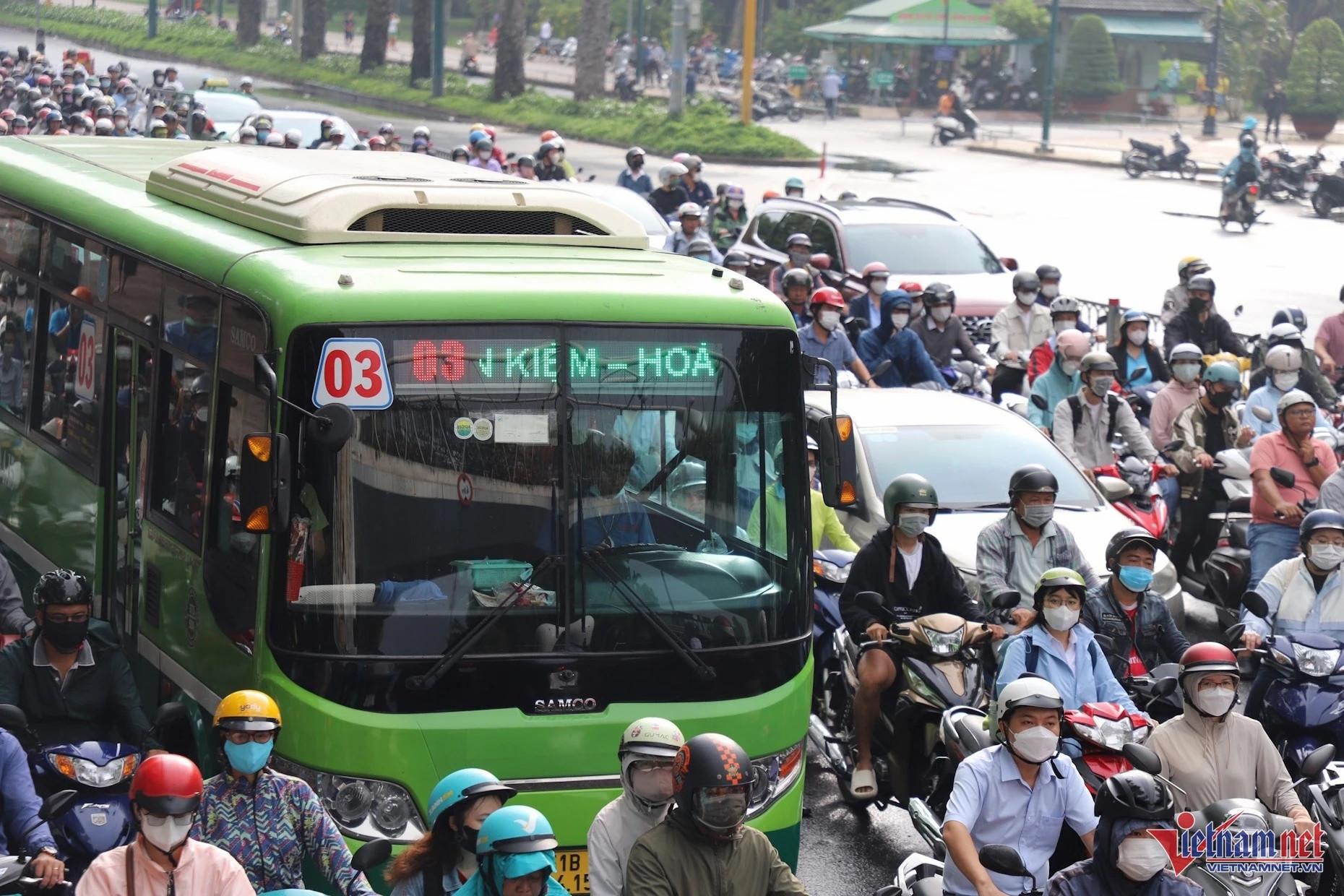
Ho Chi Minh City is currently facing a shortfall of 250 bus drivers who do not meet the new licensing requirements under the Road Traffic Safety Law, which takes effect on January 1, 2025.
Old category D licenses no longer valid for large buses
According to a report from the Ho Chi Minh City Department of Transport (DOT), the city operates approximately 2,221 buses across 138 routes. Among these, mid-sized buses (41-60 seats) account for 853 vehicles, representing 39% of the total fleet.
In 2024, around 601 drivers holding a category D license - issued under the 2008 Road Traffic Law - were assigned to operate buses with seating capacities between 30 and 47 passengers, including 20-26 seated and 14-21 standing passengers.
However, under the new Road Traffic Safety Law, category D2 licenses will be issued for drivers of passenger vehicles (including buses) with up to 29 seats (excluding the driver’s seat), while category D licenses will be required for vehicles with over 29 seats.
Previously, under the 2008 Road Traffic Law, a category D license permitted drivers to operate passenger vehicles with 10-30 seats. As a result, drivers with the old category D license will no longer be eligible to operate buses with more than 30 seats under the new regulations.
Will Ho Chi Minh City’s bus system be disrupted?
Speaking with VietNamNet, Pham Vuong Bao, Deputy Director of the Ho Chi Minh City Public Transport Management Center (the Center), stated that eight bus transport companies in the city have secured enough drivers to maintain stable operations. However, six other companies are experiencing a driver shortage, which could impact certain bus routes.
Despite this, Bao noted that passenger traffic in the first quarter of each year is typically at its lowest due to the holiday season, allowing the bus system to temporarily reduce service frequency in line with demand. This adjustment helps alleviate the pressure caused by the driver shortage.
Although hundreds of bus drivers are currently lacking, the city's public transport system has not been significantly affected.
Bao further explained that bus companies have been proactive in recruiting and assigning drivers. However, hiring new personnel remains challenging, as some drivers with old category D licenses lack the necessary paperwork to upgrade their licenses. As of now, the citywide bus system is still short approximately 250 drivers.
In response, the Center will continue coordinating with relevant departments of the DOT to facilitate training programs for license upgrades as soon as possible.
Additionally, efforts will be made to enhance recruitment connections between bus operators and training institutions to quickly fill the driver shortage.
Tuan Kiet